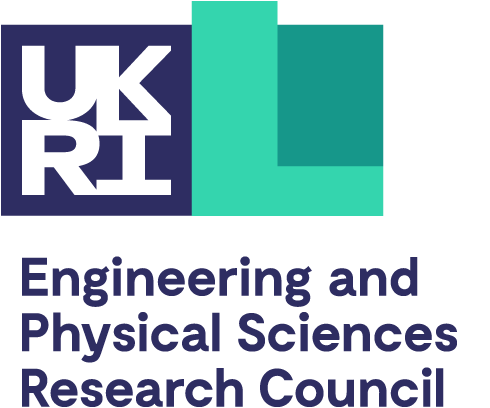All healthcare systems must make tough choices about the interventions and treatments they provide. With limited resources, decisions must be made about the most effective interventions to support.
Health economics provides evidence to support that decision-making process, both in deciding what products are adopted, but also which technologies are supported for development.
As such there is a need to understand and quantify the potential benefit your technology could deliver in the healthcare market.
The value of health technology
At its core, health economics attempts to characterise the potential value of a given intervention or technology within a healthcare system.
Typically this requires considering not just the obvious factors such as the commercial cost of components and manufacturing, but whole system costs. This includes the cost of providing a hospital bed during recovery time, or the cost of the healthcare professionals time required to plan and carry out a procedure.
There is also a need to develop an understanding of the non-financial benefits of a technology, particularly in terms of end user outcomes. For example, a revolutionary new prosthetic limb might be 10 times as expensive as existing options, but if this leads to a significant increase in the recipient’s level of independence that can equate to a substantial improvement in that person’s quality of life.
These non-financial benefits are often quantified in terms of quality-adjusted life years (QALYs) or similar concepts.
While there is an increasing focus on cost reduction in many healthcare systems, including the NHS, this is not the sole driver that makes a strong case for development of a technology. A technology that has potential to deliver a step change in patient outcomes still has value, even where it might cost more than existing treatments.
However, where a technology offers the potential of only minor improvements in patient outcomes and increases in cost, it may be challenging to convince investors of the value investing in that technology, unless a clear path to cost reduction or performance improvement can be described.
Analysis and assessment
The level of analysis undertaken should be proportionate to the stage of development. A good proposal will provide some preliminary analysis as part of the proposal document, but this is often achievable through a simple interrogation of existing literature.
Where appropriate, work should be undertaken during a project to make this analysis more robust or complete further analysis to better develop the evidence around a technology. An effective analysis will also consider the technology in comparison with alternative, existing or future technologies.
In the UK a health economics assessment will ultimately inform decisions on whether products are able to be provided through the NHS. The body that undertakes these assessments is the National Institute for Health and Care Excellence (NICE).
NICE provides guidance to academics and companies through the Office for Market Access. Engaging with this organisation may be helpful in understanding what makes a compelling case in the longer term.
In many cases, a great deal of information about the scale of healthcare challenges will be made publically available. You may wish to refer to the section on clinical and buyer or payer engagement for further information.
For many health conditions and particularly for rarer diseases, charities are likely to prove a valuable source of information.
What to consider around health technology value
You should consider:
- how many people could the proposed technology benefit
- how much would the technology cost per patient treated
- if the technology has the potential to deliver other benefits, such as allowing patients to be treated more rapidly, saving clinician time, or allowing a service to be delivered in primary care, saving hospital beds
- what existing treatments or interventions exist for the conditions your technology might target, and how will your technology improve upon existing ones
In terms of the benefit to the patient, you should consider how effective the technology would be, including:
- does it have the potential to cure patients and if so, what proportion
- if it’s a treatment, how long will it extend the patient’s life
- how will it affect the patient’s quality of life
Resources to request
As part of your proposal you should consider requesting resources to:
- undertake care pathway analyses to understand the facilitators and hurdles to adoption
- employ a health economist on the project, either as a project co-lead or a consultant
- engage with evaluation bodies, for example, the Office for Market Access
- undertake appropriate training in health economics or evaluation – this could include a secondment or discipline hop
EPSRC does not fund economic assessments of technologies in isolation, but encourages the inclusion of appropriate work within the project, where this adds value as part of the broader technology development.
Further information
NICE Office for Market Access – guidance and information on the process for obtaining NICE approval for products and services in the medtech sector.
Health Knowledge – health economics resources – in-depth guidance and information on health economics.
National Information Center on Health Services Research and Health Care Technology – health economics information resources – a short online study course providing an introduction to health economics.


